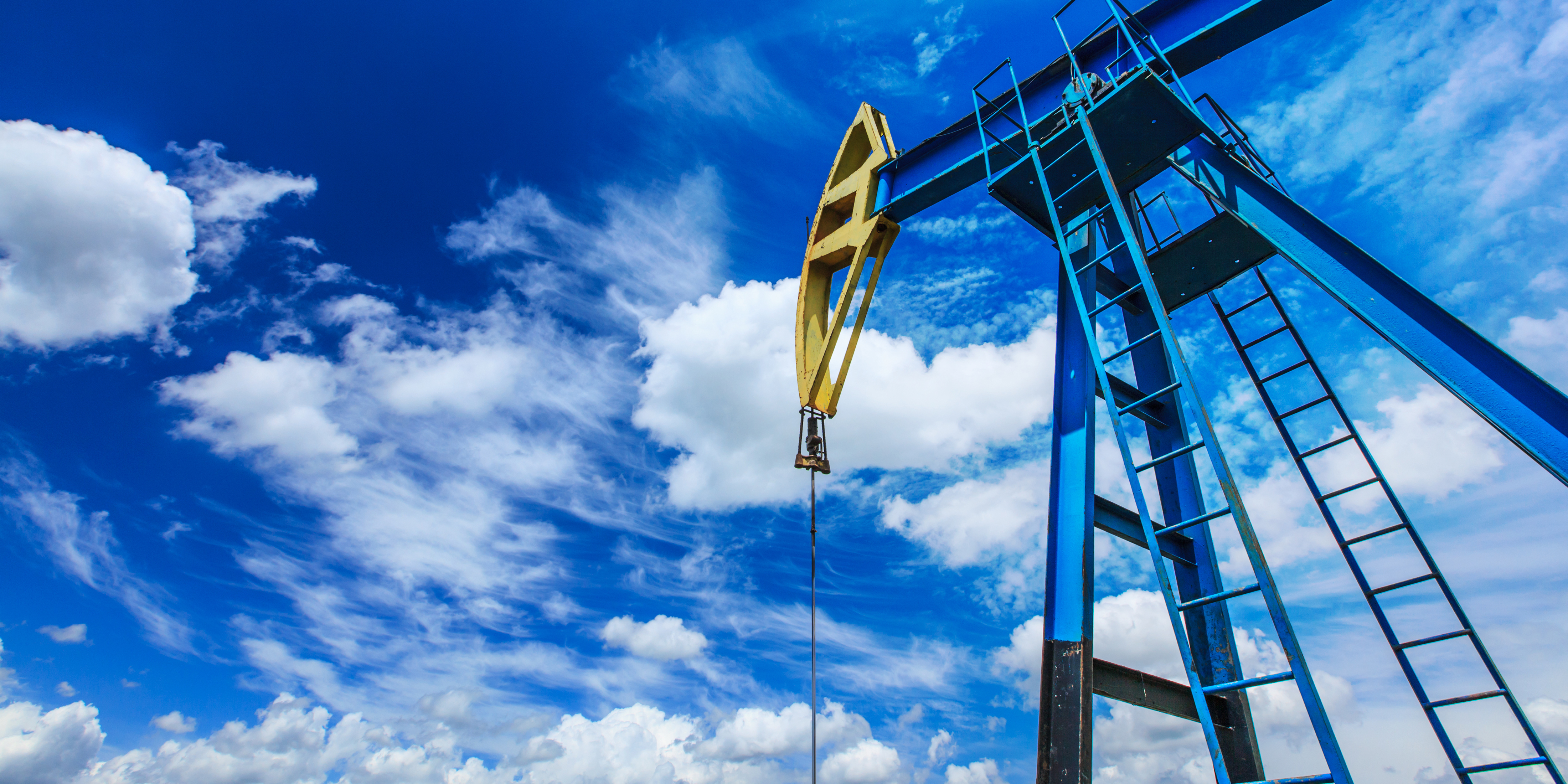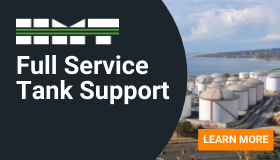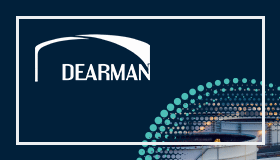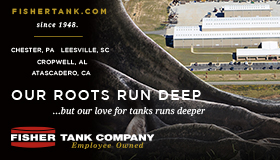Fracking companies try to alter the skin factor the formation has with respect to the well in order to make the passage of fluid from one place to another easier and turn it into produced barrels.
In fact one of the most important factors during the fracking process is to be able to attack the target area correctly. The target area is chosen in multidisciplinary meetings outside of the well, amongst factions including petrophysicists, geologists, reservoir engineers and all relevant, related disciplines.

The selection of the target zone is the first step to the success or failure of the fracturing, according to the article, Criteria for Selecting a Candidate Well for Hydraulic Fracturing, by F Roshanai and J Moghadasi.
It says important factors when selecting a well are detailed and the area or sand of the well that is to be fractured is discussed in-depth: “One of the requirements that is taken into account is the permeability of the area, noting that reservoirs that are from 0.5 to 5 md are more favorable for fracturing.
“In hindsight, the most influential data in the selection of a candidate reservoir to be fractured are the amount of hydrocarbons contained in the sand, along with the low permeability variable, and a minimum sand size of 10 meters (32.80 feet) in thickness.
“But low permeability is synonymous with hard sands, with high Young and Poisson cohesion values, as they are resistant to separating their grains and, at the same time, they’re resistant to loads and have elasticity around the direction of applied force received.
“On the other hand, these types of sands to be fractured tend to be low in thickness. Fractures are made in multiple stages either because the reservoir is a lenticular reservoir, or we simply want to fracture different reservoirs at the same time.”
Therefore, it said taking into account that the optimal selection of the area to be fractured is what will decide the validity of the fracture, this task is divided into two halves. One is on the surface when a multidisciplinary team takes the knowledge about the area as a tool, and subsequently decides on the basis of geological and reservoir data to choose the area of interest. The second one is when the fracturing starts.
For more information visit www.onepetro.org
Do you have any news articles you would like to submit? Please contact Tracey Sansom: tracey@tankstoragenewsamerica.com













